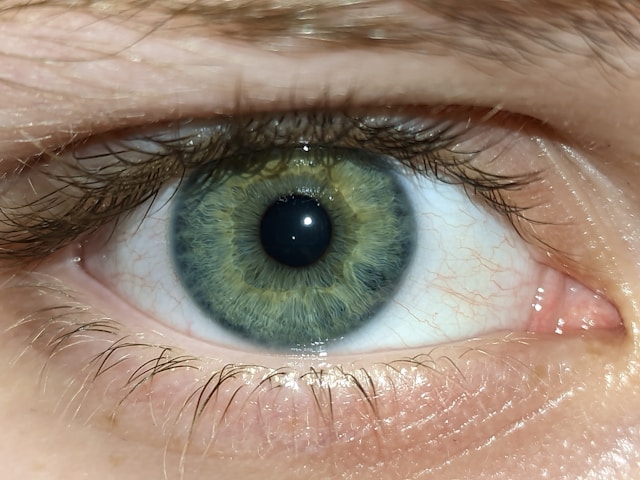I was asked today how many cells are in the human body. Good question. I thought I would blog about what I found out.
Our cells can’t fill out census forms, so they can’t tell you themselves. And while it’s easy enough to look through a microscope and count off certain types of cells, this method isn’t practical either. Some types of cells are easy to spot, while others weave themselves up into obscurity. Even if you could count ten cells each second, it would take you tens of thousands of years to finish counting. Plus, there would be certain logistical problems you’d encounter along the way to counting all the cells in your body–for example, chopping your own body up into tiny patches for microscopic viewing.
For now, the best we can hope for is a study published in Annals of Human Biology, entitled, “An Estimation of the Number of Cells in the Human Body.”
The authors–a team of scientists from Italy, Greece, and Spain–admit that they’re hardly the first people to tackle this question. They looked back over scientific journals and books from the past couple centuries and found many estimates. But those estimates sprawled over a huge range, from 5 billion to 200 million trillion cells. And practically none of scientists who offered those numbers provided an explanation for how they came up with them. Clearly, this is a subject ripe for research.
If scientists can’t count all the cells in a human body, how can they estimate it? The mean weight of a cell is 1 nanogram. For an adult man weighing 70 kilograms, simple arithmetic would lead us to conclude that that man has 70 trillion cells.





























